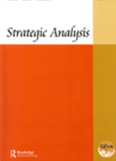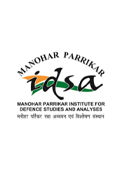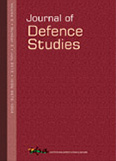India’s Nuclear Doctrine: A Critical Analysis
Although the broad contours of India's nuclear doctrine were announced within the days of May 1998 nuclear tests, the formal doctrine was made public only five years later. This article will critically examine the evolution of India's nuclear doctrine in terms of the 1999 Kargil conflict and the 2001-2002 military confrontation with Pakistan. This article concludes that the one-page nuclear doctrine of 2003 remains sketchy and subject to varied interpretations.
- Rahul Roy Chaudhury
- May 2009







